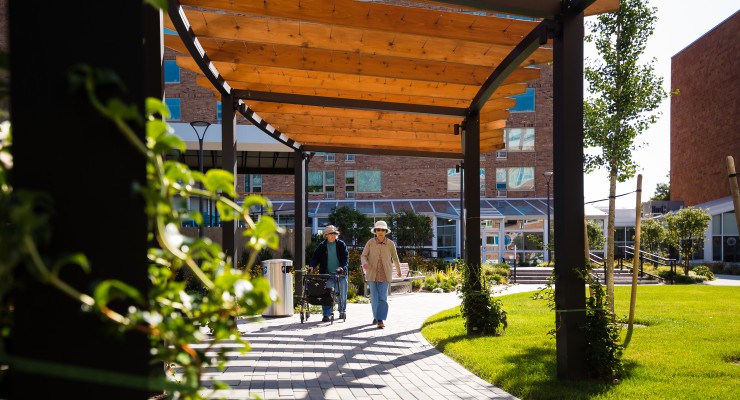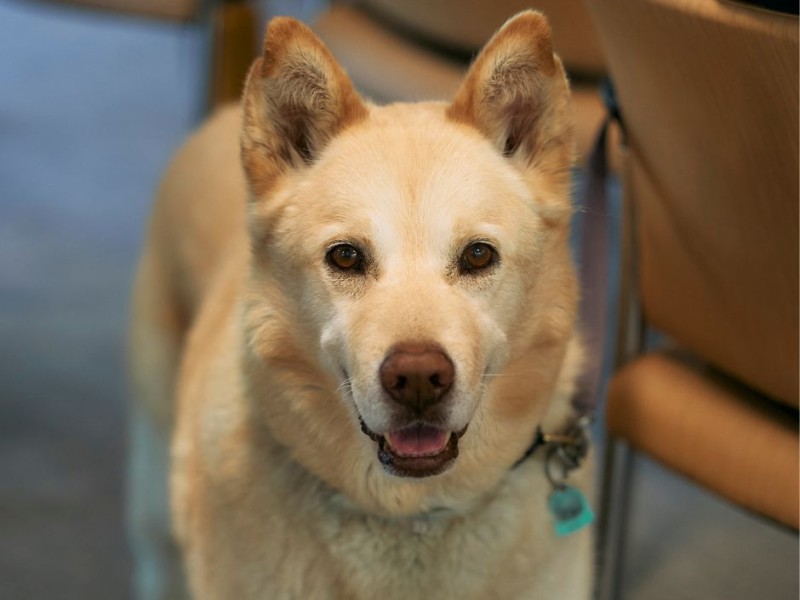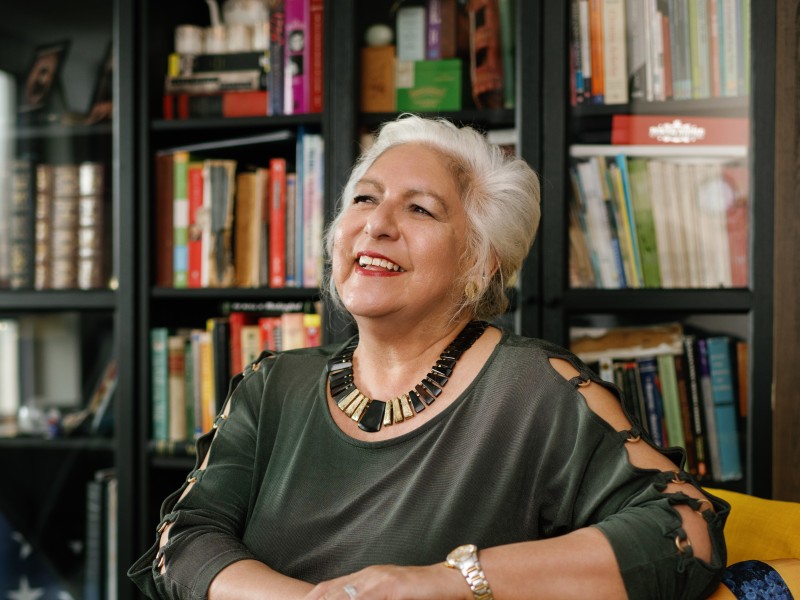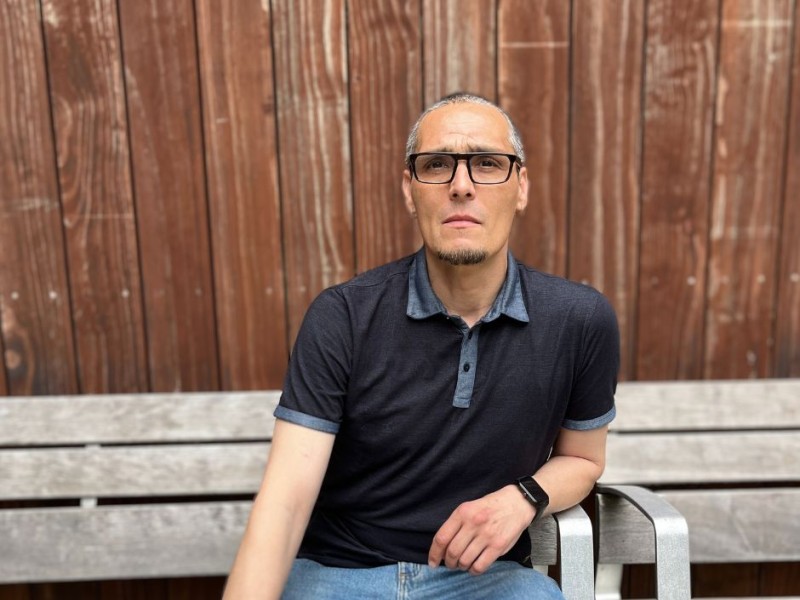The value of the village center in affordable senior housing

The best senior living is not simply an affordable apartment. It’s an intentionally built community.
A mountain of research has shown that isolation and loneliness are public health threats that present physical and mental health risks for everyone, but seniors in particular. Community is the antidote to isolation and loneliness, and the physical space where community life happens is the village center.
Bringing the concept of the village center to the design of senior living is a key component in creating communities where older adults thrive through connection and purpose. High-end retirement communities have always embraced this concept and offer a host of community spaces for residents to use. But very few subsidized senior housing communities have village centers, despite the clear benefits for residents’ health and well-being.
All older adults deserve the opportunity to age in community, regardless of their financial situation. Here, we explore why it’s important to incorporate the concept of the village center into affordable senior housing, despite the challenges, using the example of how it functions at 2Life.
What is the village center, and why is it important?
In a town, the village center is the civic, economic, and cultural heart. It’s where you go for errands, like returning a book to the library or picking up a prescription at the pharmacy. It’s where you go for fun, to meet a friend at a restaurant or check out the farmers’ market. The village center is where connections between people are made: meeting a new neighbor in the line at the coffee shop, or bumping into someone you haven’t seen for a while. These connections form the basis of the community.
The role of the village center in senior housing is similar. The village center is made up of dedicated common spaces inside and outside — such as lobbies, patios, multipurpose rooms, and gardens — along with the neighborhood beyond the building’s walls. The village center brings residents together to connect, maybe in quiet nook one on one with a friend or in a noisy cafe around the corner with many others. Residents can easily run a few necessary errands — for example, maybe there’s an in-house beauty salon or convenience store, or maybe the building is set in a neighborhood where those things are within walking distance. It puts the activities that make life rich and fulfilling — like learning something new, or sharing a spiritual event — close at hand.
While many income-restricted housing developments focus solely on apartments because that’s what government entities typically fund, the village center is a non-negotiable part of our model. The village center is the physical space where the community comes to life.
What does the village center look like?
At 2Life, we build the village center in two ways. First, we find areas where the community is already active and then build housing there. For example, Coleman House is right next door to JCC Greater Boston, a vibrant community center in Newton. Leland House is next door to the William F. Stanley Senior Center in Waltham. The Brown Family House is located in the heart of Coolidge Corner, a bustling neighborhood in Brookline. These neighborhoods expand the village center beyond the boundaries of the building itself.
Second, we build community space inside and outside our buildings for gatherings small and large. Typically occupying much of the first floor and adjacent outdoors space of any building, the village center boasts large multipurpose rooms that are just as important as the smaller meeting rooms and the two cozy chairs by the window. Outdoor spaces commonly include welcoming entrances with benches and chairs and patios with shaded seating and raised-bed gardens.
Building the village center requires space: 2Life’s Leland House, completed in 2024, has 68 apartments and 9,800 square feet dedicated to the village center. That’s a little more than 144 square feet of community space per apartment.
Here’s what you’ll find in 2Life’s village centers. First, the essentials. Healthcare is part of the village center, and you’ll find offices where nurses do well-care visits, chiropractors meet with residents, or a Program of All-inclusive Care for the Elderly (PACE) Center like the one at the J.J. Carroll House. Exercise facilities are always available, from full fitness centers to exercise equipment located both inside and outside. There are a few places to run errands, such as in-house convenience stores and hair salons.
Next, you’ll find the events and activities that support residents in living connected, interesting, and meaningful lives in community. There are opportunities for learning, such as workshops, classes, and lectures on topics from art to spirituality. You’ll find groups of people enjoying a shared (and sometimes a new) hobby together, such as book clubs, movie screenings, and games such as poker or mahjong. Groups of residents find ways to give back to the community, such as by volunteering at the front desk or making blankets to donate to local hospitals. Our communities love a reason to celebrate, and you’ll find large groups together for holidays, barbeques, concerts, and dance parties.
Although some events in 2Life’s village centers are just for residents, others present opportunities to invite in friends, family members, and residents from the neighboring community.
Who brings the village center to life?
Of course, the people are what make the village center so special. And it takes a village to make the village center come alive. Here are some of the people you’ll find.
First, and most important, are the residents. Residents making meaningful connections and getting access to the services they need is what the village center is all about. But residents are often leaders in keeping the village center running as well. Residents across 2Life campuses have stepped up to lead events around their specific hobbies and interests — such as book clubs, coffee hour socials, and movie nights — or to offer events to share their expertise, such as lecture series on Broadway musicals, an art workshop, or a dance performance. You’ll also find residents volunteering in support of key functions of the village center, such as staffing the front desk or delivering packages to neighbors.
Next, you’ll find the staff. The team includes resident services coordinators, who help residents get connected to programs and services; group service coordinators, who organize events on campus; executive directors, who are responsible for the community as a whole; maintenance staff, who support residents with many different types of requests; and site representatives, who live on-campus and are on call to respond to residents needs at any time.
The staff are truly part of the community. All the residents know them by name, notice when they’re away, and ask after their kids and families.
Finally, volunteers are a crucial part of the village center. Some volunteers co-create interesting events with staff and residents. Others regularly provide support in learning new skills, especially tech skills. Still other volunteers support staff in running events by serving food, putting up decorations, and managing other logistics. All of these volunteers play important roles in supporting a vibrant, active community.
Support for the village center
The village center is not a luxury, it's a necessity. It's why we work hard to both fundraise and advocate for these spaces, why they are a significant component of our model. The two most significant challenges seniors face are financial instability and social isolation. Without the space to connect and learn, to do the essentials and also to celebrate, affordable senior housing addresses one challenge and not the other.


